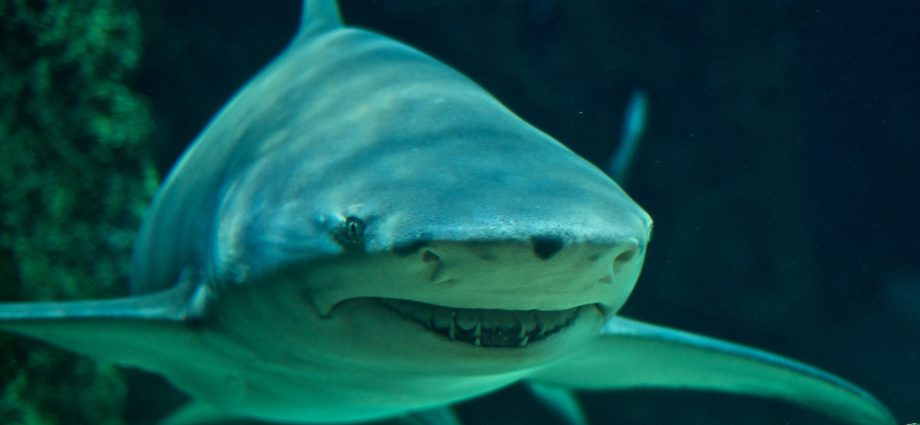ST.JOSEPH ATOLL (SEYCHELLES)- How do different effects of tides, temperature and time of day affect the behavior of Sicklefin Lemon Sharks (Negaprion acutidens)? A research by Save Our Seas Foundation shows how the sharks become more active at nighttime.
The study was done in the tidal waters surrounding a the near-pristine tropical island of St Joseph Atoll in Seychelles. These findings are an important puzzle piece in helping to understand how these sharks use their environment.
Electronic devices
Project leader Evan Byrnes and his team used small electronic devices that include a clever little logger called an accelerometer. Accelerometers measure orientation and movement, they are what tilt the screen on your smartphone and what track your gym progress on your smartwatch; they are smart. By attaching these devices to the fins of Sicklefin lemon sharks, the research team can track the activity of the sharks over a period of days. The devices then pop off the shark’s fins and can be recovered by the team. They store data that reveal every single movement of the animal over that period of days.
Balance
The results emphasize once again how important the balance in the sea is. Changes in the conditions where sharks love can make all the difference to how successful they can be in finding food. They must make decisions on when and where they become more active. This can make the difference between success and failure, survival and death. Sharks and other marine animals live in a rapidly changing world.
The oceans and seas are a volatile place to call home, and even slight differences can have the biggest knock-on effects. So let’s do our best to protect them.
Read more in the research paper or at Save Our Seas Foundation.

